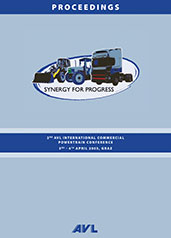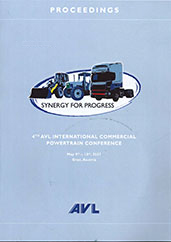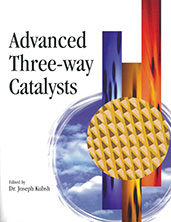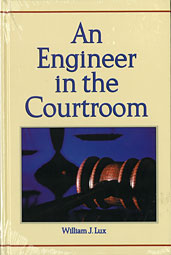Book

2nd AVL International Commercial Powertrain Conference Proceedings (2003)
2003-01-01
The AVL International Commercial Powertrain Conference is the premier forum for truck, agricultural and construction equipment manufacturers to discuss powertrain technology challenges and solutions across their industries. The topics of the conference, which happens every two years, cover all five elements of a modern powertrain: engine, transmission, electric motor, battery and the electronic control which are used basically the same way in the quest for optimal efficiency and environmental compatibility. This event offers a unique opportunity for highly regarded professionals to address the synergy effects and distinctive characteristics of commercial vehicles, agricultural tractors and non-road vehicles, and industrial machinery. These proceedings include 21 papers from four categories of sessions: Setting the Scene; Different Worlds-Different Technologies; Engineering Partnerships and What Next in Development and Production.



















